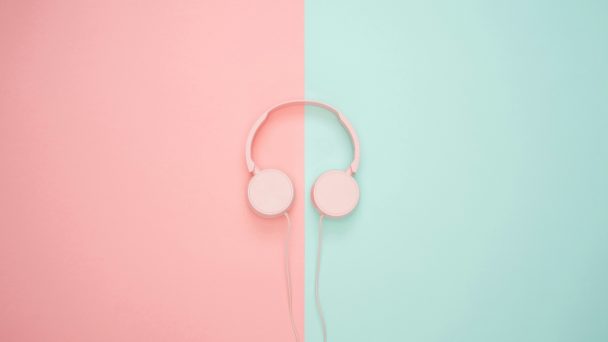Cycling and alcohol: what about that?

Getting behind the wheel of your car with a drink or something is not a good idea. That's nothing new. Better than going by bike. Or not? How much alcohol can you drink if you still have to drive a bicycle or moped? After today, this is no longer a question for you.
To be clear right away: drinking alcohol behind the wheel, any steering wheel, is never wise. So whether you go to that birthday party, pub or festival by bike, scooter or car: there is a maximum limit on how much a driver can drink.
Alcohol limit cyclists
You may not have more than 0.5 promille alcohol in your blood for driving a car or motorcycle. And when driving a bicycle or scooter, the alcohol content in your blood may not exceed 0.5 per mille.
| How many glasses of beer represent 0.5 per mille?
Exactly how much you can drink depends on your gender, build and weight. But there is a rule of thumb: as an ordinary (experienced) car driver you can drink (approximately) 2 glasses of beer, as a novice driver at most 1 glass of beer. For a novice driver, a blood alcohol level of 0.2 applies. |
Dangerous driving behavior and sentencing cyclists
As an intoxicated cyclist you can also endanger or hinder traffic. You can even cause a traffic accident. You can get a ticket or a driving ban for driving under the influence, even as a cyclist. The amount of the fine depends on the violation. For your imaging: if you are arrested and you turn out to have more than 0.5 permille in your blood, the fine is €200 (excluding €9 administration costs). Driving under the influence in combination with dangerous driving will be punished more severely.
The effects of alcohol
Alcohol adversely affects driving behavior through the following effects:
- Delayed reaction speed;
- Deterioration of locomotion, which causes pendulum movements;
- Correction of pendulum swings due to motor impairment also adversely affects reaction speed;
- Narrowing of the field of view (socket vision), so that people can no longer see what is happening next to the car;
- Deterioration of color perception;
- Deterioration of judgment (self-overestimation). As a result, people behave more recklessly in traffic and they also think they can drive at 'still best' with alcohol;
- Drowsiness and drowsiness. Source: wikipedia.org
Alcohol control
When you are checked for alcohol consumption on the way home, you will need to take a breathalyzer. If you have drunk too much (more than the permitted 0.5 per mille), you will be fined. If you refuse to participate in an alcohol check for no reason, you are committing a criminal offence. An official report will be drawn up for this on the spot. If the breathalyzer shows that too much has been drunk, you will be given a second test at the police station, the so-called breath analysis, with which the exact alcohol content of the breath can be determined. If this shows a higher alcohol content in the breath than 220 µg/l, the penalty is determined on the basis of the measured alcohol content. A temporary driving ban may also be imposed. Source: wikipedia.org
| Good to know: these values for the alcohol content in breath or blood apply to all drivers, including cyclists. As a cyclist you are not in possession of a bicycle driver's license, so that cannot be claimed. There is no legal alcohol limit for pedestrians. However, the police can make an official report for public intoxication of a pedestrian. The police then do not take a breath or blood test, but rely on the appearance of drunkenness and the behavior of the pedestrian. Source: vereende.nl |


